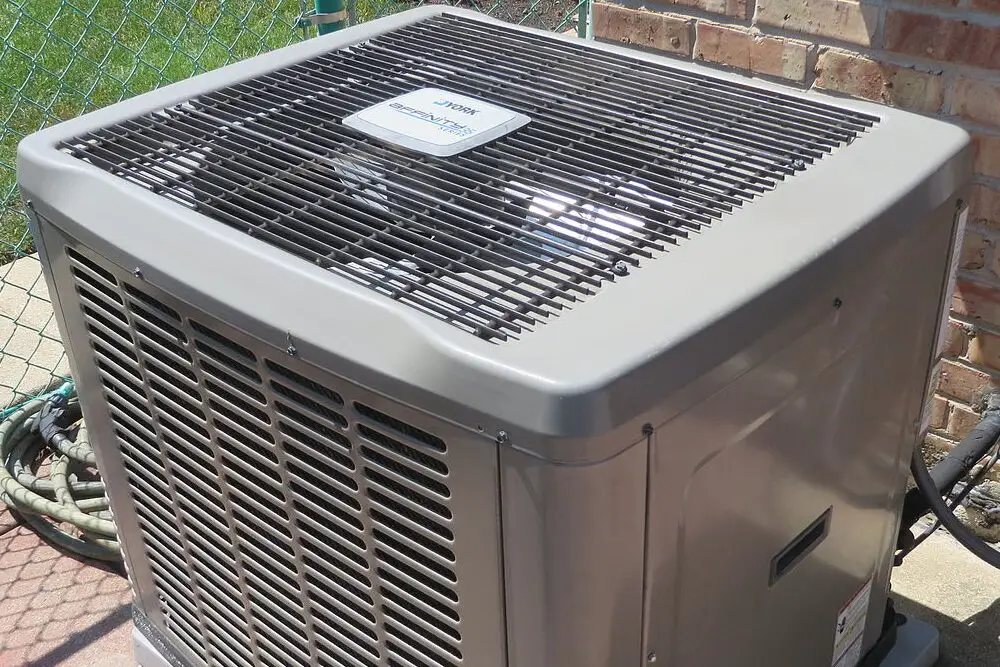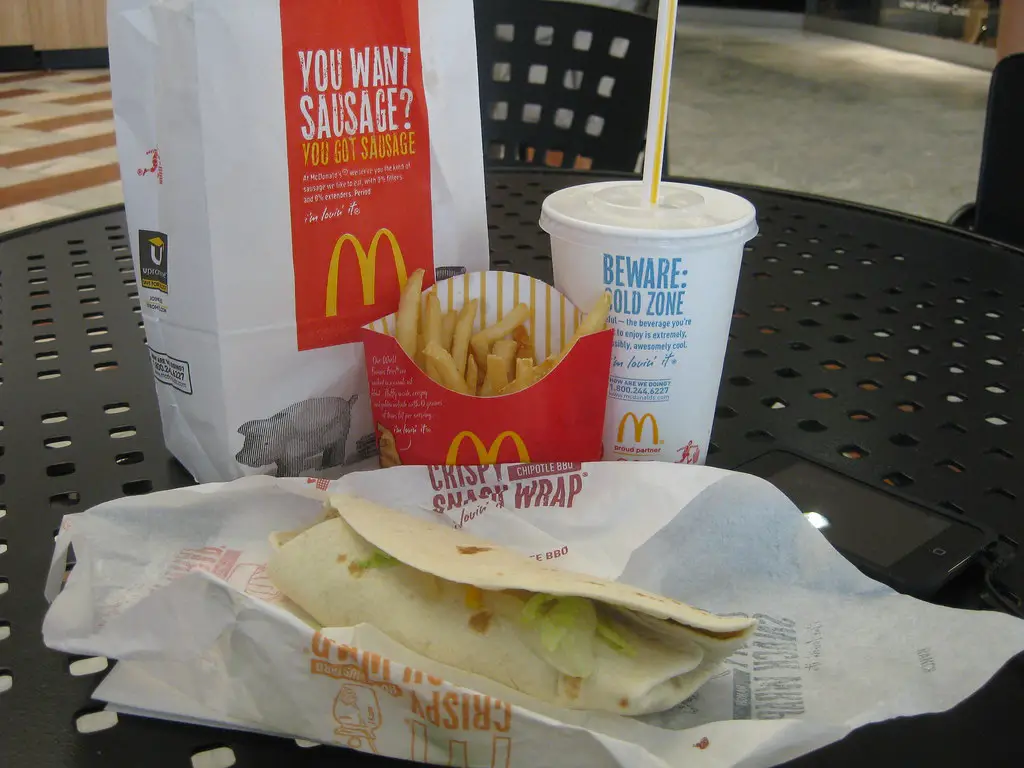1. Smiling at Strangers

In many parts of the U.S., it’s completely normal to smile at strangers as you pass them on the street, in the grocery store, or while pumping gas. Americans tend to see it as a polite, friendly gesture—a way of acknowledging another person’s presence without saying a word says the Atlantic.
But in plenty of other countries, this behavior comes off as odd or even suspicious. Why are you smiling at someone you don’t know? Are you trying to sell them something? Are you lost? In places like Germany or Japan, a smile is usually reserved for actual interactions or people you know, so this seemingly innocent habit often raises eyebrows overseas shares the New York Times.
2. Filling Everything With Ice

Americans love their drinks ice-cold. Whether it’s water at a restaurant or soda from a fast food place, it’s often served with so much ice that there’s barely room left for the actual beverage shares GlobeNewsWire.
This baffles people from countries where drinks are usually served at room temperature or just lightly chilled. The obsession with giant cups brimming with ice seems excessive and even a little uncomfortable for sensitive teeth. Some visitors quietly wonder if Americans are afraid of lukewarm water. But for many here, sipping on a frosty Coke just hits the spot in a way that a slightly cool drink never could explains HuffPost.
3. Endless Small Talk

From chatting with a cashier to making conversation in an elevator, small talk is practically an Olympic sport in the U.S. Asking “How are you?” or commenting on the weather is just part of the daily rhythm.
But in other cultures, that kind of surface-level talk can feel invasive or meaningless. Some people find it confusing when Americans ask how they’re doing but don’t actually wait for an answer. Others are taken aback by how quickly conversations turn personal, even with strangers. Still, for Americans, small talk is a way of building brief but friendly connections.
4. Tipping Culture

Leaving a tip in the U.S. is expected almost everywhere—restaurants, salons, taxis, delivery, you name it. If you don’t leave one, it’s often seen as rude or even insulting.
But for people from countries where workers are paid a living wage without relying on tips, the whole system seems bizarre. Visitors often feel anxious trying to figure out how much is enough—is it 15%? 20%? Do you tip for takeout? And while Americans see tipping as a gesture of appreciation, many outsiders feel like they’re just being strong-armed into paying more than the listed price.
5. Driving Everywhere

In the U.S., hopping in the car for even the shortest trips is totally normal. Need to go one mile down the road? Better grab the keys. This is baffling for people from countries with robust public transit or walkable cities.
Many can’t understand why Americans are so reliant on cars—even when there’s traffic, parking hassles, and sky-high gas prices. But with sprawling suburbs and limited infrastructure in many areas, driving becomes less of a choice and more of a necessity. Still, outsiders often quietly chuckle when they see someone driving to a store that’s literally across the street.
6. Eating Dinner So Early

In many American households, dinner happens around 5 or 6 p.m.—sometimes even earlier. For people who grew up eating their evening meal closer to 8 or 9 p.m., this feels shockingly early.
Tourists are often surprised to see restaurants closing up by 9:00 at night, especially when they’re used to dinner being a late-night affair. It can make planning meals while visiting the U.S. a bit of a scramble. But for Americans, early dinners make sense with work schedules, early bedtimes, and family routines. To everyone else, though, it feels like eating dinner in the middle of the afternoon.
7. Over-the-Top Patriotism

American flags are everywhere—on houses, clothes, bumper stickers, and front lawns. The Pledge of Allegiance is recited in schools, and national anthems play at sporting events, no matter the level.
While Americans might see this as pride in their country, others find it a little intense. In many places, nationalism is treated with caution due to historical events, so this kind of flag-waving enthusiasm can feel overbearing. Some visitors even feel uneasy seeing kids recite the Pledge each morning. It’s not that other countries don’t love their homeland—it’s just that they usually show it a little more quietly.
8. Obsession With Pumpkin Spice

Come fall, everything from coffee to candles to dog treats gets the pumpkin spice treatment. For many Americans, it signals the start of cozy season, and people genuinely look forward to their first sip of a PSL.
But to the rest of the world, it’s baffling. Pumpkin spice isn’t even pumpkin—it’s just cinnamon, nutmeg, and a few other warm spices. And yet it’s treated like a national treasure. International visitors often raise an eyebrow at the hype, wondering how a spice blend became a cultural phenomenon.
9. Huge Portion Sizes

Go to an American restaurant, and chances are you’ll leave with a doggy bag—or a stomachache. From giant sodas to enormous plates of pasta, the portion sizes can be overwhelming.
People from other countries often can’t believe how much food is served at a single meal. In places like France or Japan, meals are more modest, and you’re not expected to leave stuffed. But in the U.S., value often means quantity, and bigger is usually seen as better. Tourists may giggle when their “small” drink is the size of a pitcher.
10. Air Conditioning Everywhere

Even when it’s only mildly warm outside, many American buildings feel like you’ve walked into a freezer. Stores, offices, and even homes crank the A/C to what feels like Arctic levels.
Travelers from countries without this climate obsession often find it uncomfortable—and a little wasteful. They’re used to opening windows or using fans, not layering up indoors during the summer. While Americans see it as essential for comfort, others quietly wonder if there’s an A/C setting that doesn’t require a parka.
11. Wearing Shoes Indoors

In many American homes, it’s perfectly normal to walk around with your shoes on. You’ll see it all the time in movies and TV shows—people lounging on the couch in sneakers like it’s nothing.
This can be shocking for visitors from cultures where taking off shoes at the door is a strict norm. In places like Korea or Sweden, wearing shoes inside is considered dirty and disrespectful. It’s not uncommon for guests to feel awkward or even anxious when told, “Oh, you can leave your shoes on.” To them, it feels like walking mud through someone’s living room.
12. Non-Metric Measurements

Ask an American how tall they are, and they’ll say something like “five foot eight.” How much do they weigh? “One-forty-five pounds.” Need to cook something? Set the oven to 350 degrees Fahrenheit.
For the rest of the world, this makes absolutely no sense. The metric system is the global standard, and trying to convert miles to kilometers or ounces to grams is a headache for international visitors. It’s even more confusing when Americans say things like “a couple blocks” or “about a gallon” as if those are precise measurements. The insistence on sticking with an outdated system is a long-running joke abroad.
13. Talking Loudly in Public

Americans tend to speak loudly in restaurants, on public transport, and while walking down the street. They’re not trying to be obnoxious—it’s just how many people were raised.
But to people from quieter cultures, it can feel like an invasion of personal space. You might overhear entire life stories while trying to enjoy a coffee. In countries like Finland or Switzerland, being too loud in public is frowned upon and considered disruptive. Visitors often joke that they can spot the Americans from across the plaza—just by the volume.
14. Constant Snacking

In the U.S., eating isn’t just for mealtimes. People snack in cars, at desks, during movies, while shopping—basically anywhere and anytime. This grazing lifestyle is surprising to people from cultures where meals are more structured and sacred.
The idea of munching on chips at 10 a.m. or grabbing a protein bar while walking down the street seems odd. For Americans, snacking is just a normal part of the day, especially with the rise of “snackable” foods marketed for convenience. But others might find it a bit much—why are we always eating?
